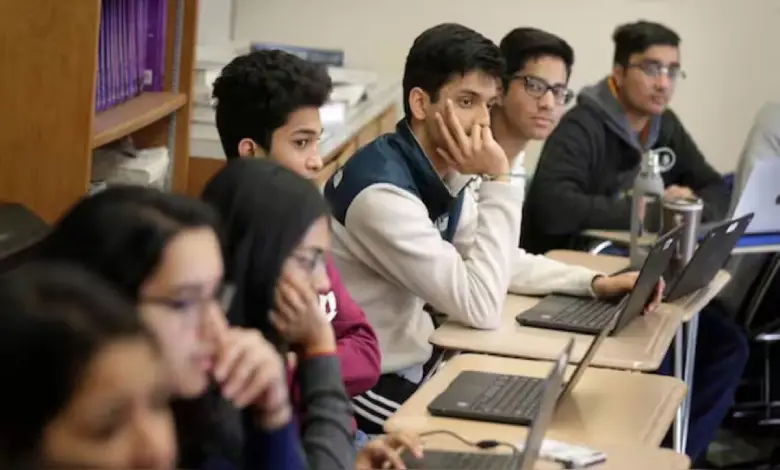U.S. Halts New Student Visa Interviews, Raising Concerns for International Applicants

The administration of U.S. President Donald Trump has directed its embassies worldwide to suspend scheduling new visa interviews for international students and exchange visitors, according to an internal cable obtained by multiple news agencies on Tuesday. This temporary pause, signed by Secretary of State Marco Rubio, aims to enhance scrutiny of applicants, particularly through expanded social media vetting, as part of the administration’s broader immigration policies.
The directive does not affect students with existing visa interview appointments, which can proceed as planned, a U.S. embassy spokesperson confirmed . However, the halt introduces uncertainty for prospective students hoping to enroll in U.S. universities for the upcoming academic year. A U.S. official clarified that the pause is temporary but did not specify its duration. State Department spokesperson Tammy Bruce declined to comment on the cable but emphasized that the U.S. would use “every tool” to screen individuals seeking entry.
The impact of this suspension remains unclear, particularly for students planning to join U.S. academic programs in the fall. Most universities issue admissions decisions by late March or early April, while Fulbright program decisions occur on a rolling basis from March to June. Students typically apply for visas after receiving acceptance letters, making the timing of this pause potentially disruptive. Harvard University, a key destination for international students, was referenced in reports showing support for affected students at a “Harvard Students for Freedom” rally.
This move aligns with the Trump administration’s ongoing efforts to tighten immigration controls, including visa revocations and increased scrutiny of foreign students, particularly those involved in campus activism. The pause has sparked concerns about delays that could disrupt academic plans and affect the $43.8 billion contribution of international students to the U.S. economy.
